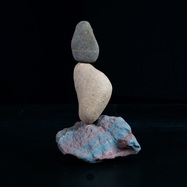
The Lacrosse ball is the best example of this terrible trend. It has become very popular to use a Lacrosse ball to do self-massage. But Lacrosse balls are so hard that they are essentially a rock. The body should not be massaged with a rock!
The mistake people are making is the common idea that if some is good, then more must be better. If a little pressure is good, then a lot must be better. The idea is to upgrade from the wimpy pressure to the heroic pressure as a sign of progress. But when it comes to massage, this is not the case. I often give people a tennis ball to massage the bottom of their feet. Soon the feet would feel better, and almost invariably the patient would suggest that they now "graduate" to a golf ball, since the tennis ball no longer made the feet hurt. But the point of massage is to relax the tissues, not to make them hurt. If it no longer hurts to use a tennis ball, that's great! We don't need to keep adding pressure just so that it will hurt. Pain is not the goal; relaxation of the tissue is. Try to burn this statement into your brain so that you don't make the same mistake that so many people are making these days.
| The appropriate amount of pressure to use for a massage is something that Hippocrates made clear almost 2,500 years ago. In my book, What Would Hippocrates Say?, I quote Galen, the famous physician to Emperor Marcus Aurelius, on this very subject: "... rub with the bare hands, which are midway between hard and soft, so that the body may be neither contracted and constricted nor relaxed and dilated more than is desirable, but may be kept within the bounds of nature" (Galen, Hygiene). |
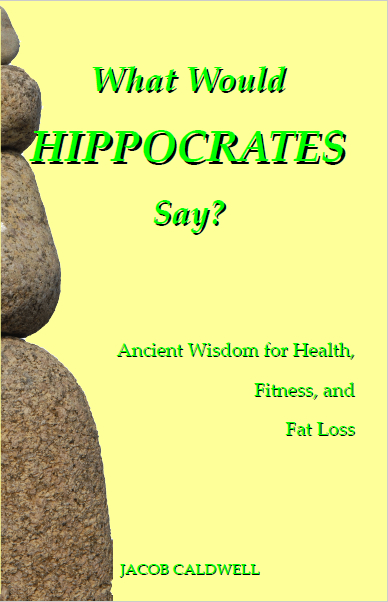
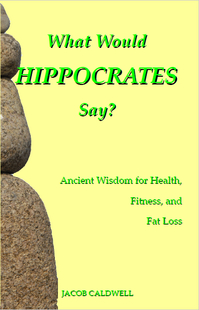
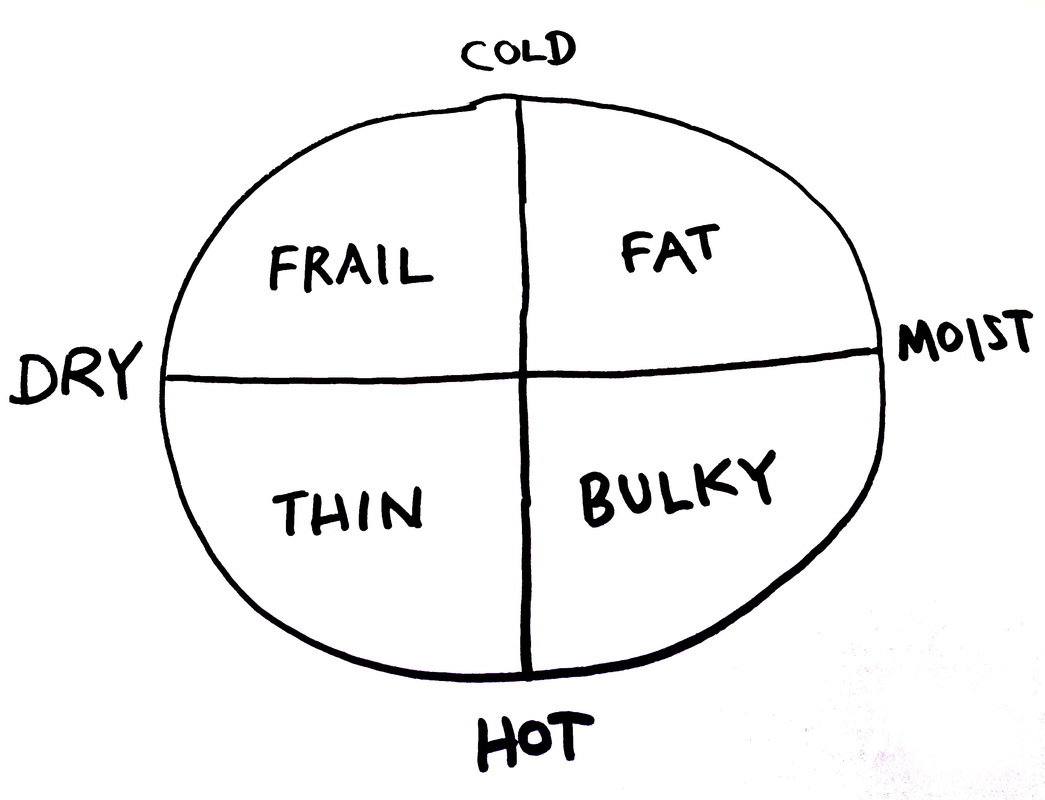
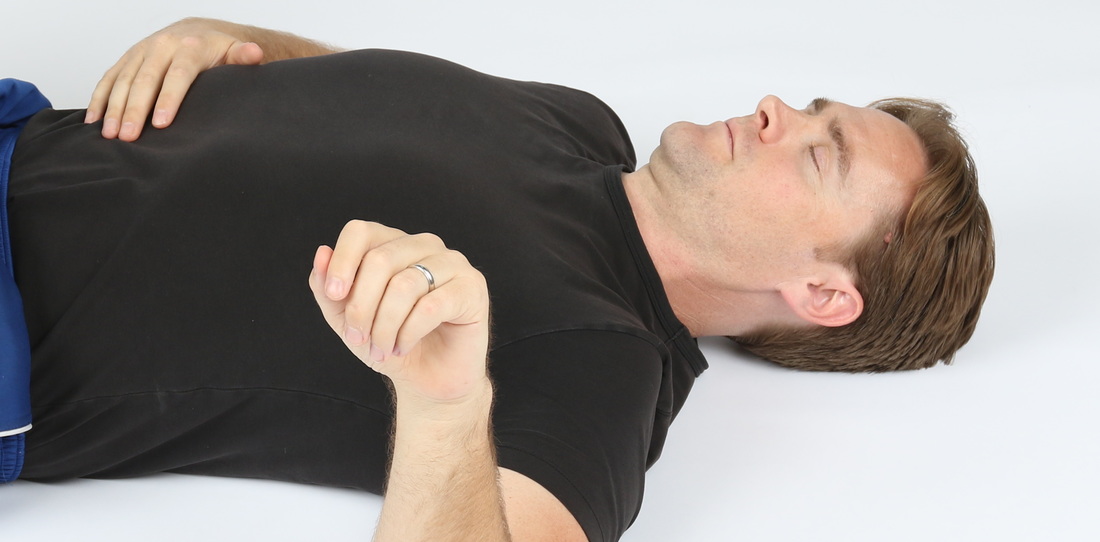
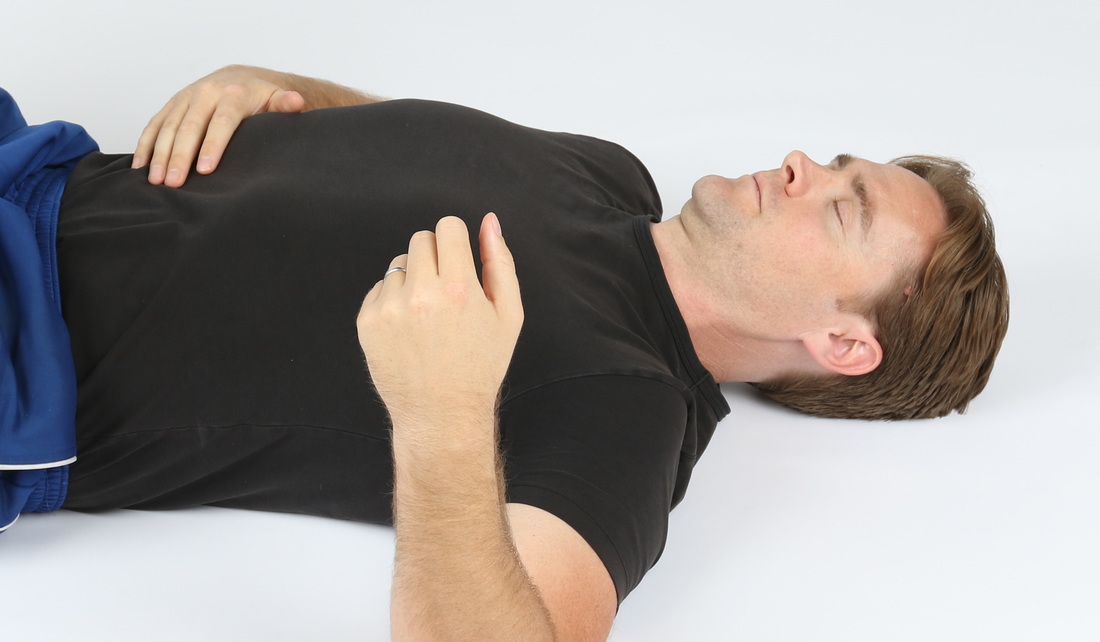
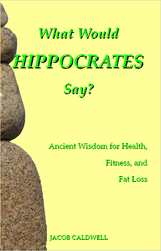
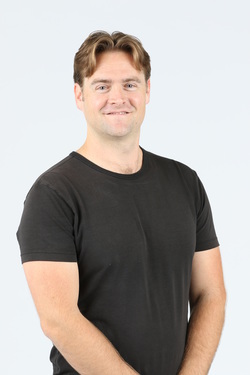
 RSS Feed
RSS Feed
